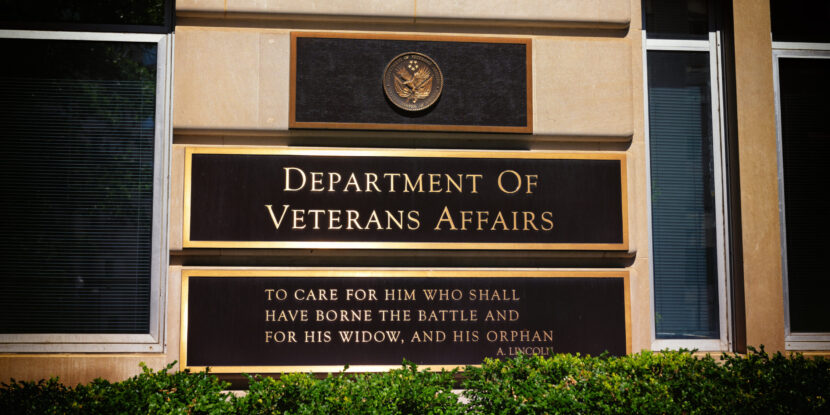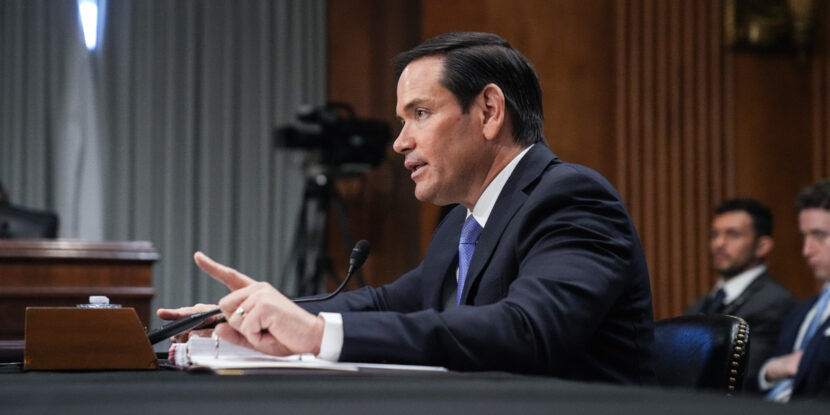❓WHAT HAPPENED: The White House released a detailed breakdown of potential economic gains under President Trump’s “One Big Beautiful Bill,” showing sweeping tax cuts and wage increases in all 50 states.
👤WHO WAS INVOLVED: President Donald J. Trump, the Council of Economic Advisers, and American working families nationwide.
📍WHEN & WHERE: June 2025; analysis published by the White House covering all 50 U.S. states.
💬KEY QUOTE: “The One Big Beautiful Bill will deliver historic tax relief, bigger paychecks, and a booming economy for every American.” – Donald J. Trump
🎯IMPACT: Economic modeling shows massive wage gains and after-tax pay boosts in every state, with some families projected to gain more than $16,000 annually.
The White House is touting what it calls the “One Big Beautiful Bill” as the most expansive and transformative tax reform in American history. According to the Council of Economic Advisers, the bill promises an economic resurgence through deep tax cuts, deficit reduction, and targeted incentives for work and investment. A newly released state-by-state analysis reveals the bill’s projected impact on real wages and take-home pay for typical families in all 50 states.
Families in states like California, Massachusetts, and New Jersey are forecast to gain over $16,000 in annual take-home pay, while even historically lower-income states such as Mississippi and West Virginia stand to benefit by nearly $10,000. The Council estimates long-run wage increases of up to $14,800 depending on the state, thanks to tax incentives, full expensing for business investments, and reductions in statutory and effective tax rates.
The table below summarizes the projected economic impact by state:
| State | Long-run wage increase (Inflation-adjusted) | Take-home pay increase (Typical family with two kids) |
|---|---|---|
| Alabama | $4,800 to $9,100 | $6,500 to $10,800 |
| Alaska | $6,400 to $12,200 | $8,100 to $13,900 |
| Arizona | $5,800 to $11,100 | $7,500 to $12,800 |
| Arkansas | $4,500 to $8,600 | $6,200 to $10,300 |
| California | $7,500 to $14,300 | $9,200 to $16,000 |
| Colorado | $7,000 to $13,300 | $8,700 to $15,000 |
| Connecticut | $7,300 to $14,000 | $7,300 to $14,000 |
| Delaware | $6,100 to $11,700 | $7,800 to $13,400 |
| Florida | $5,800 to $11,000 | $7500 to $12,700 |
| Georgia | $5,800 to $11,000 | $7,500 to $12,700 |
| Hawaii | $7,000 to $13,300 | $8,700 to $15,000 |
| Idaho | $5,500 to $10,500 | $7,200 to $12,200 |
| Illinois | $6,200 to $11,800 | $7,900 to $13,500 |
| Indiana | $5,100 to $9,800 | $6,800 to $11,500 |
| Iowa | $5,200 to $10,000 | $6,900 to $11,700 |
| Kansas | $5,200 to $10,000 | $6,900 to $11,700 |
| Kentucky | $4,700 to $8,900 | $6,400 to $10,600 |
| Louisiana | $4,700 to $8,900 | $6,400 to $10,600 |
| Maine | $5,400 to $10,300 | $7,100 to $12,000 |
| Maryland | $7,200 to $13,800 | $8,900 to $15,500 |
| Massachusetts | $7,700 to $14,800 | $9,400 to $16,500 |
| Michigan | $5,200 to $10,000 | $6,900 to $11,700 |
| Minnesota | $6,300 to $12,100 | $8,000 to $13,800 |
| Mississippi | $4,300 to $8,100 | $6,000 to $9,800 |
| Missouri | $5,200 to $9,900 | $6,900 to $11,600 |
| Montana | $5,300 to $10,000 | $7,000 to $11,700 |
| Nebraska | $5,700 to $10,800 | $7,400 to $12,500 |
| Nevada | $5,800 to $11,000 | $7,500 to $12,700 |
| New Hampshire | $7,000 to $13,300 | $8,700 to $15,000 |
| New Jersey | $7,700 to $14,700 | $9,400 to $16,400 |
| New Mexico | $4,800 to $9,100 | $6,500 to $10,800 |
| New York | $6,800 to $13,000 | $8,500 to $14,700 |
| North Carolina | $5,500 to $10,500 | $7,200 to $12,200 |
| North Dakota | $5,500 to $10,500 | $7,200 to $12,200 |
| Ohio | $5,200 to $10,000 | $6,900 to $11,700 |
| Oklahoma | $4,800 to $9,100 | $6,500 to $10,800 |
| Oregon | $6,000 to $11,400 | $7,700 to $13,100 |
| Pennsylvania | $5,700 to $10,900 | $7,400 to $12,600 |
| Rhode Island | $6,300 to $12,000 | $8,000 to $13,700 |
| South Carolina | $5,200 to $9,900 | $6,900 to $11,600 |
| South Dakota | $5,400 to $10,300 | $7,100 to $12,000 |
| Tennessee | $5,300 to $10,000 | $7,000 to $11,700 |
| Texas | $6,000 to $11,300 | $7,700 to $13,000 |
| Utah | $6,600 to $12,500 | $8,300 to $14,200 |
| Vermont | $5,900 to $11,300 | $7,600 to $13,000 |
| Virginia | $6,900 to $13,100 | $8,600 to $14,800 |
| Washington | $7,200 to $13,800 | $8,900 to $15,500 |
| West Virginia | $4,300 to $8,200 | $6,000 to $9,900 |
| Wisconsin | $5,500 to $10,400 | $7,200 to $12,000 |
| Wyoming | $5,200 to $9,900 | $6,900 to $11,600 |
According to the White House, these projections are based on economic modeling similar to that used to forecast the 2017 Tax Cuts and Jobs Act, which proved accurate in delivering wage and growth gains post-enactment. The Council highlights gains from reduced tax burdens and increased labor supply, as Americans respond to greater incentives to work and invest.
The administration emphasizes that this bill will lift the middle class, reward small businesses, and cut wasteful spending while reducing the deficit. With presidential re-election messaging tied closely to economic revival, the “Big Beautiful Bill” now forms a cornerstone of Trump’s pitch to voters and legislators alike.
Join Pulse+ to comment below, and receive exclusive e-mail analyses.




















